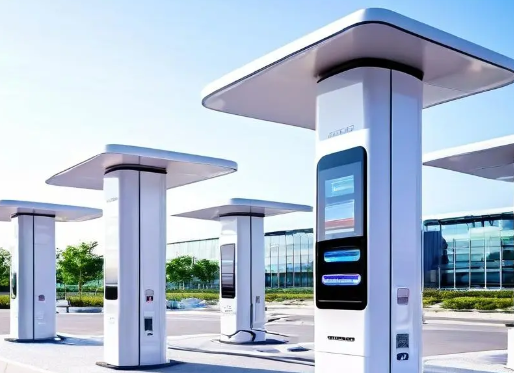The development of a charging pile mini-program is a crucial technological approach to realizing shared charging services. It optimizes user experience and management efficiency by providing a convenient user interface and efficient backend management functions. Here is an introduction to the development of a charging pile mini-program:

User-friendly Interface: The mini-program's user interface should be simple, clear, and easy to navigate, ensuring users can quickly locate nearby charging piles and make charging reservations.
Real-time Information Updates: The mini-program needs to display real-time status of charging piles, including availability, occupancy, or faults, to assist users in making decisions.
2.Feature Implementation
Map Integration: Utilizing geolocation services, users can view the distribution of nearby charging piles and navigate to their destinations.Reservation System: Allows users to reserve charging piles through the mini-program, selecting charging times to reduce waiting.
Multiple Payment Methods: Supports various payment methods such as WeChat Pay and Alipay, facilitating user payment of charging fees.Automatic Billing: Calculates fees based on actual charging volume and deducts them directly through the mini-program, simplifying the payment process.
4.Backend Management System
Data Analysis: Collects data on user charging habits, charging pile usage frequency, etc., providing decision support for operators.Maintenance Management: Monitors the working status of charging piles, promptly detecting and addressing faults to ensure service quality.
5.Security and Privacy Protection
Data Transmission Encryption: Ensures the security of user data during transmission, preventing information leakage.Privacy Policy: Clearly informs users of how their data is collected, used, and protected, complying with relevant laws and regulations.
6.Compatibility and Scalability
Cross-platform Compatibility: Ensures the mini-program runs smoothly on different operating systems and devices.Modular Design: Adopts a modular design for easy addition and maintenance of future features.
The development of a charging pile mini-program requires not only technical implementation but also a focus on user experience, security, and future scalability. Through continuous optimization and iteration, it can better serve electric vehicle owners and promote the development of the new energy automobile industry.




